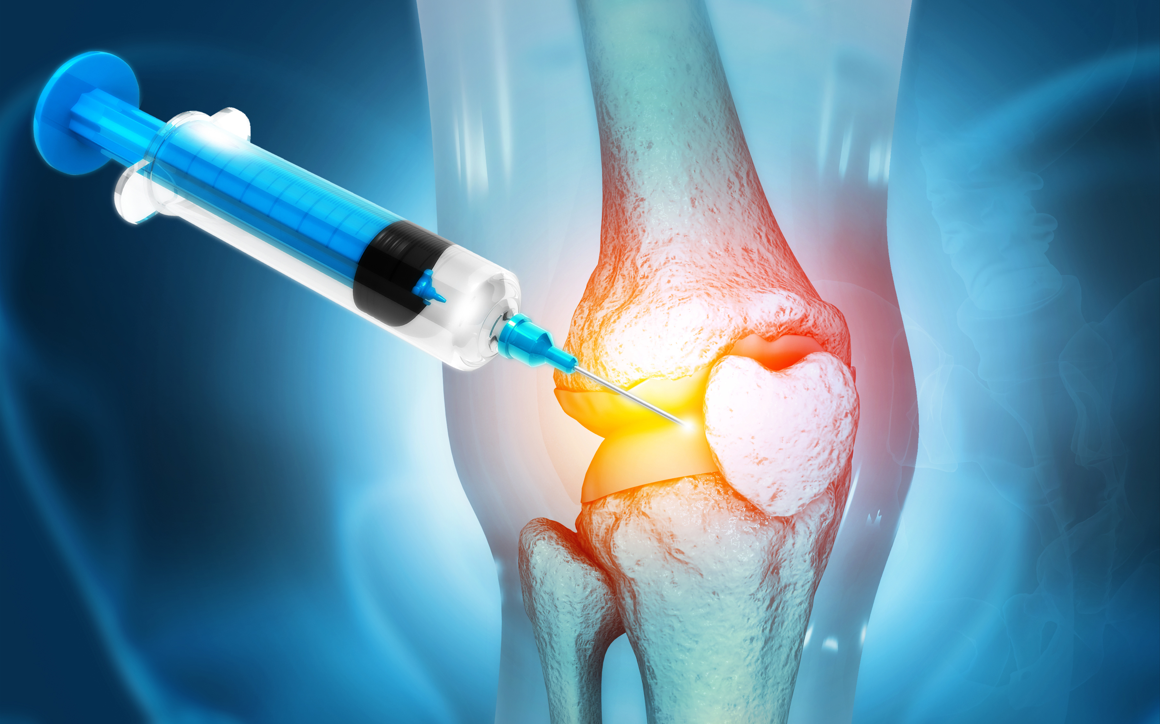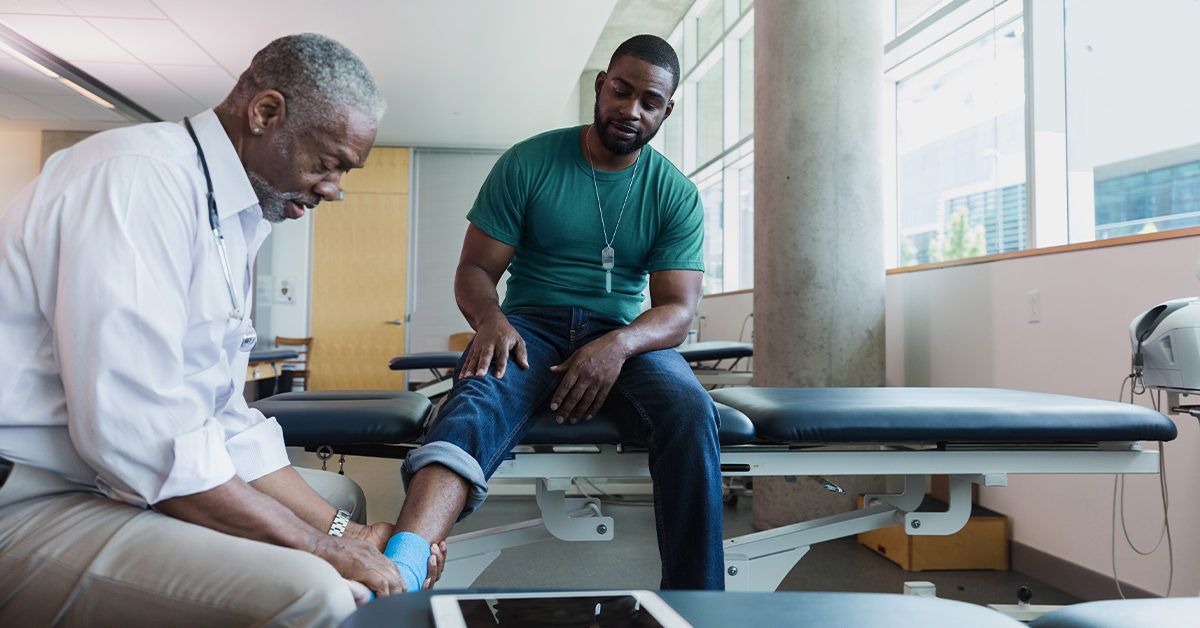Connection Between Orthopedics and Lifestyle: Orthopedic health is not solely determined by genetics or the presence of an injury; it is profoundly influenced by one’s lifestyle choices. As we navigate through life, the decisions we make regarding our activity levels, nutrition, and overall well-being can significantly impact our musculoskeletal health. Dr. Gautam Gupta, a prominent orthopedic specialist, emphasizes the critical connection between lifestyle and orthopedic health in his practice. This guide explores the multifaceted relationship between lifestyle choices and orthopedic health, highlighting Dr. Gupta’s insights on how to maintain a healthy musculoskeletal system.

Understanding Orthopedic Health
Orthopedic health refers to the well-being of the musculoskeletal system, which includes bones, joints, muscles, ligaments, and tendons. A healthy orthopedic system is crucial for maintaining mobility, strength, and overall quality of life. Factors such as age, genetics, and activity levels play a role in orthopedic health; however, lifestyle choices can have an equally significant impact.
The Role of Physical Activity
1. Importance of Regular Exercise
Regular physical activity is one of the most effective ways to maintain orthopedic health. Dr. Gupta recommends a balanced exercise regimen that includes:
- Strength Training: Building muscle strength supports bones and joints, reducing the risk of injury. Strengthening exercises can help maintain proper alignment and support surrounding tissues.
- Cardiovascular Exercise: Activities like walking, running, cycling, and swimming improve blood circulation and overall fitness, which is essential for joint health.
- Flexibility and Balance Training: Stretching exercises, yoga, and Pilates enhance flexibility and balance, which are critical for preventing falls and injuries, especially in older adults.
Read More:

2. Risks of a Sedentary Lifestyle
A sedentary lifestyle poses numerous risks to orthopedic health. Prolonged inactivity can lead to muscle weakness, decreased flexibility, and weight gain, all of which increase the risk of joint pain and injuries. Dr. Gupta highlights the importance of integrating physical activity into daily routines to combat these risks. We can discuss more about “Connection Between Orthopedics and Lifestyle”
Nutrition and Bone Health
1. Nutritional Choices for Healthy Bones
What we eat has a profound effect on our bone health. Dr. Gupta emphasizes the importance of a balanced diet that includes:
- Calcium: Essential for bone strength, calcium can be found in dairy products, leafy greens, nuts, and fortified foods.
- Vitamin D: This nutrient plays a crucial role in calcium absorption. Sun exposure is an excellent source, but it can also be obtained from fatty fish, egg yolks, and fortified foods.
- Protein: Adequate protein intake supports muscle health and overall body function. Sources include lean meats, legumes, and dairy products. We can explore further on “Connection Between Orthopedics and Lifestyle”

2. The Impact of Poor Nutrition
A diet lacking in essential nutrients can weaken bones and increase the risk of osteoporosis and fractures. Dr. Gupta advises patients to be mindful of their dietary choices, focusing on foods that promote strong bones and overall musculoskeletal health. We can delve deeper into “Connection Between Orthopedics and Lifestyle”
Weight Management and Orthopedic Health
1. The Effects of Obesity on Joint Health
Excess body weight places significant stress on weight-bearing joints, including the knees and hips. Dr. Gupta explains that obesity is a major risk factor for developing joint pain and conditions such as osteoarthritis.
2. Strategies for Healthy Weight Management
Maintaining a healthy weight is essential for reducing the strain on joints. Dr. Gupta recommends:
- Balanced Diet: Emphasizing portion control and nutrient-dense foods to achieve and maintain a healthy weight.
- Regular Exercise: Combining cardiovascular and strength training exercises to promote weight loss and improve overall fitness.

Ergonomics and Injury Prevention
1. Understanding Ergonomics
Ergonomics involves designing workspaces and tasks to fit the individual, reducing strain and injury risk. Dr. Gupta underscores the importance of proper ergonomics in both occupational and recreational activities. Also can visit the best orthopedic and spine treatment center in Gwalior. We are all powered by Argusdna. We can talk more regarding “Connection Between Orthopedics and Lifestyle”
2. Tips for Ergonomic Practices
- Workstation Setup: Ensure your desk, chair, and computer are arranged to promote good posture and reduce strain on the back and neck.
- Proper Lifting Techniques: When lifting heavy objects, bend at the knees, not the waist, and use your legs to lift.
- Frequent Breaks: Incorporate regular breaks into your daily routine to reduce fatigue and strain on muscles and joints.

Stress Management and Orthopedic Health
1. The Connection Between Stress and Pain
Chronic stress can lead to muscle tension and exacerbate pain conditions. Dr. Gupta emphasizes that managing stress is crucial for maintaining orthopedic health.
2. Strategies for Stress Reduction
- Mindfulness and Relaxation Techniques: Practices such as meditation, deep breathing, and yoga can help reduce stress and promote relaxation.
- Engaging in Hobbies: Pursuing enjoyable activities can alleviate stress and contribute to overall well-being.
The Importance of Sleep
1. Sleep and Musculoskeletal Health
Quality sleep is essential for recovery and overall health. Dr. Gupta highlights that inadequate sleep can lead to increased pain sensitivity and hinder the body’s ability to heal.
2. Tips for Improving Sleep Quality
- Establish a Sleep Routine: Go to bed and wake up at the same time each day to regulate your body’s internal clock.
- Create a Comfortable Sleep Environment: Ensure your bedroom is conducive to sleep by minimizing noise and light and maintaining a comfortable temperature.
Seeking Professional Guidance
Dr. Gupta emphasizes that while lifestyle changes can significantly impact orthopedic health, it’s essential to seek professional guidance for personalized recommendations. Regular check-ups and assessments can help identify potential issues before they become serious problems.
Conclusion: Connection Between Orthopedics and Lifestyle
The connection between orthopedics and lifestyle is undeniable. By making informed choices regarding physical activity, nutrition, weight management, ergonomics, stress reduction, and sleep, individuals can significantly improve their orthopedic health. Dr. Gautam Gupta’s holistic approach emphasizes that proactive lifestyle choices are vital for preventing injuries, managing pain, and enhancing overall quality of life.
If you are looking to improve your orthopedic health through lifestyle changes or have specific concerns about your musculoskeletal system, consider reaching out to Dr. Gautam Gupta at the Bone and Joint Clinic in Kolkata. His expertise can guide you in making choices that promote long-term orthopedic well-being.
Contact Information:
- Phone: +91 62917 71106
- Email: contact@bonedoctorgautam.com
- Address: 591, Tagore Park Rd, Tagore Park, Kasba, Kolkata, West Bengal 700039






